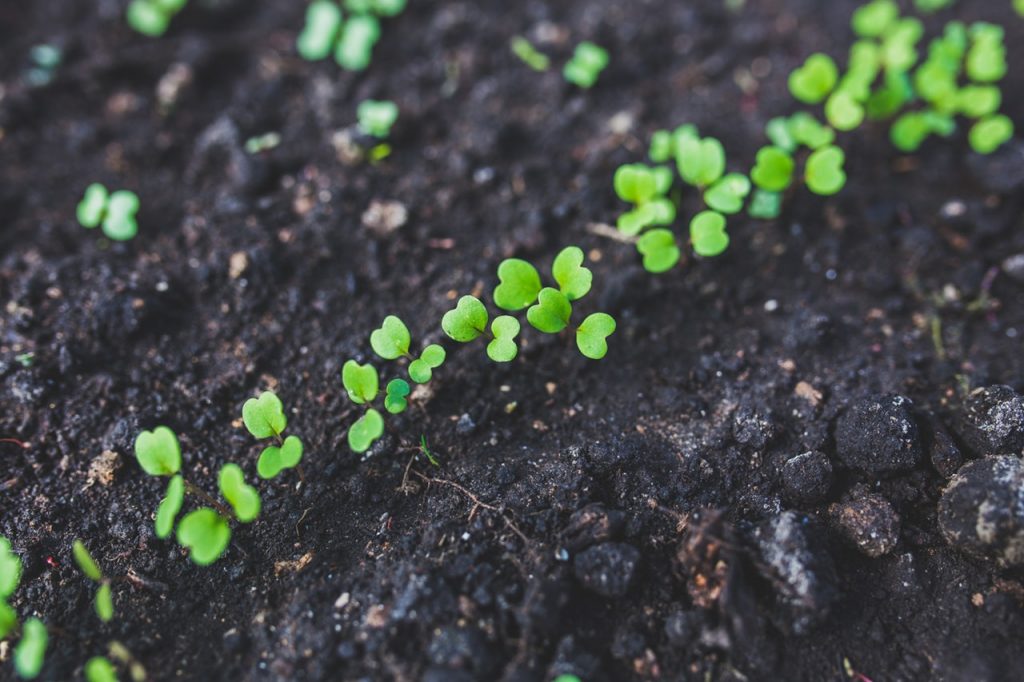
One reason why many gardening enthusiasts would rather get compost from somewhere else instead of making their own compost in their own garden is the misconception that composting is too complicated, in addition to being a messy process. This is, fortunately, only true if you do the process incorrectly—composting is actually a very simple process. All you need to do to create a concoction—which will eventually become humus—is to layer all organic materials plus a dash of soil. You then can improve the garden in a myriad of ways with this concoction once all the organic materials in the layer have become humus.
Composting: The Types
Before starting to make your pile, recognise that there are two kinds of composting—cold and hot. The former involves the collection of yard waste or the placement of organic materials in the trash before corralling them inside a bin or pile. Within one year, the material should decompose.
Hot composting is a faster process in that you can get compost within a period of three months under warm weather. Fast-cooking compost is composed of four ingredients: carbon, nitrogen, water, and air. Together, all four items nourish micro-organisms, which can help in speeding up the decaying process.
Another type of compost, vermicompost, can be made with worm involvement. When a number of worms eat food scraps, all of them will release nitrogen-rich castings. You cannot simply use any worms for this endeavour, though—you will need red wigglers or redworms. Composting worms may be purchased at low cost through a gardening supplies dealer or online.
What You Must Compost
These are the things you can compost: vegetable scraps, fruit scraps, eggshells, coffee grounds, plant clippings, dried leaves, bark and wood chips, straw, and sawdust. Collect these in a bucket or crock for easier placement into the pit.
What You Should Never Compost
Although garlic and onions are considered food due to being ingredients, they should never be added to the pit since they are believed to be earthworm repellents. Other things that should never be composted include anything that contains grease, oil, meat, or fat, as well as diseased plants or plant parts, chips and sawdust from treated wood, fecal matter, weeds, and dairy products.
Steps to Creating Your Compost
- Combine Brown and Green Materials
To create your own heap of hot compost, collect organic materials suitable for composting until such time that you have a three-foot pile of suitable materials. This pile needs to be composed of wet and green items as well as dry and brown items. If this pile seems too wet and emits a funny smell, more brown items should be added. If it seems too dry and too brown, the addition of water and green items can help make the pile a bit moist.
- Water the Pile
Regular sprinkling of water into the pile allows the pile to have the texture of a damp sponge. Never use a lot of the water you have stored in slimline water tanks, or else the microorganisms in the pile will drown and become waterlogged. Should this happen, the pile will rot instead of composting. Monitor pile temperature using a thermometer to ensure the proper decomposition of materials. You may also reach deep into the pile to measure pile temperature. The pile must feel warm.
- Stir Up The Pile
When the growing season comes, you need to provide oxygen to the pile by using a garden fork to turn it once weekly. The most appropriate time for turning the compost is when the middle of the pile is warm enough to the touch or when the thermometer reading of the center of the pile is somewhere around 130 to 150 degrees Fahrenheit. Stirring the pile up helps it cook at a faster rate and prevents any materials in it from matting down and smelling bad. At this point, all layers will have served well to create equal amounts of brown and green materials all over the pile, so make sure to thoroughly stir.
- Feed The Garden With Nutrient-Rich Compost
When your compost becomes crumbly, brown, and dry, and does not give off heat anymore, it is cooked and can be used for your garden. Six inches of compost should be added to pots and flower beds at the start of a planting season.
A few gardeners create something called compost tea with the compost they just made. The process of making compost tea involves letting the compost sit in water for many days before straining it so it can be used as liquid fertilizer.



Leave A Comment